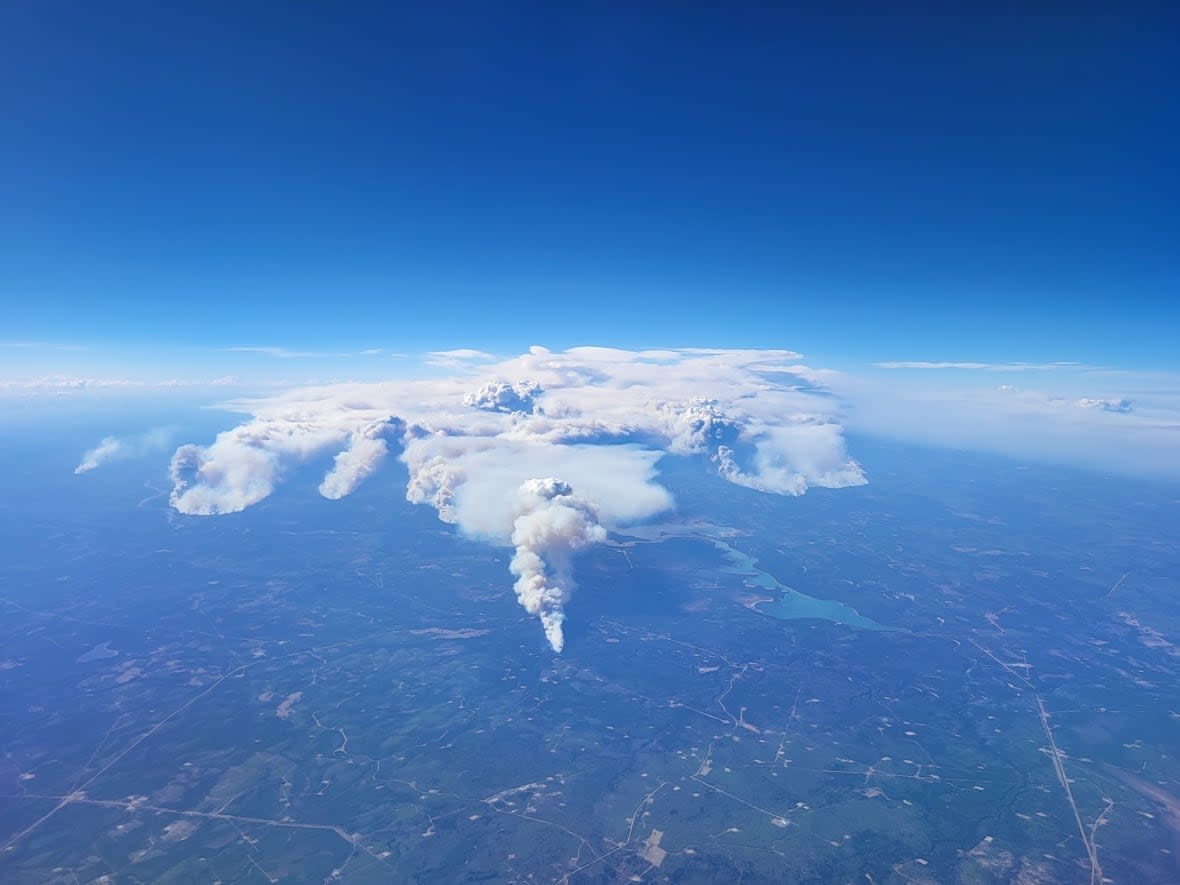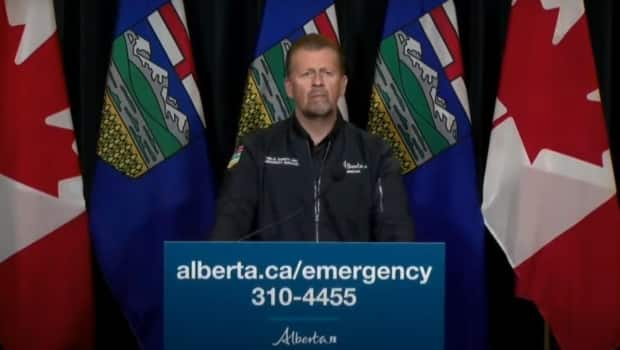Alberta to drop state of emergency as wildfire situation improves

The Alberta government will drop a provincial state of emergency that was put in place nearly a month ago when out-of-control wildfires forced thousands of residents from their homes.
Mike Ellis, minister of public safety and emergency services, made the announcement during a news conference Saturday.
"This does not mean that the work to fight these fires and protect communities is over," Ellis said, noting that the wildfire situation remains serious but has improved.
"We have the resources in place to protect the health and safety and well-being of Albertans without the extraordinary powers of the Emergency Management Act."
Over the past month, more than 38,000 Albertans were forced from their homes due to out-of-control wildfires, Ellis said. There are currently 4,200 evacuees within the province.
Ellis said dropping the state of emergency would not result in a decrease of resources being put toward containing the remaining wildfires across the province.
There are about 2,600 firefighters who are working to combat wildfires. Assistance has also been received by international partners, including Australia and New Zealand, as well as deployed members of the Canadian Armed Forces.
"We do not anticipate a need for another provincial state of emergency, but the government will consider it ... if the situation does require it," Ellis said.

The Emergency Coordination Centre — which is responsible for co-ordinating the logistics of evacuations — will move from level four down to three, said Cyndee Evans, executive director with Alberta Emergency Management Agency.
Evans said there will be no change to the level of support that the centre is providing impacted communities.
There are 58 wildfires burning in Alberta's forest protection area, and 15 of those are out-of-control.
The province has responded to over 560 wildfires, burning more than 1,180,000 hectares. Over 300 wildfires have been determined to be caused by people.
"The most area burned for an entire wildfire season was 1.3 million hectares in 1981," said Christie Tucker, information unit manager with Alberta Wildfire, noting the intensity of this year's season.
The Rocky River fire — which is approximately 7 kilometres north of Fort Chipewyan — remains the top priority for first responders.
Firefighters and helicopters have been working on reinforcing containment lines in the area, assisted by air tankers, Tucker said.
Return home for Rainbow Lake
A northern Alberta community will also be able to return home after nearly a month-long wildfire evacuation order was put in effect.
Residents of the Town of Rainbow Lake were given the green-light to return on Friday. Residents were ordered to evacuate on May 6 due to an out-of-control wildfire.
The community of around 700 residents had been advised to move to the High Level, which is about 130 kilometres east of Rainbow Lake.
The Long Lake fire near Rainbow Lake and Chateh, Alta., has burned over 137,000 hectares to date and also forced residents of Chateh and Fox Lake to evacuate to High Level.
This wildfire is still classified as out-of-control.
An evacuation order remains in effect for the hamlet of Fort Chipewyan, Mikisew First Nation — which includes Allison Bay, Dog Head and Devils Gate — Fort Chipewyan Métis Nation and Athabasca Chipewyan First Nation.
There are 57 wildfires in the province with 15 being classified as out-of-control.


